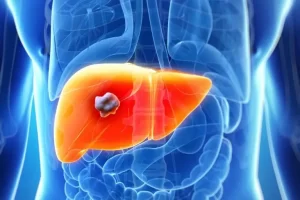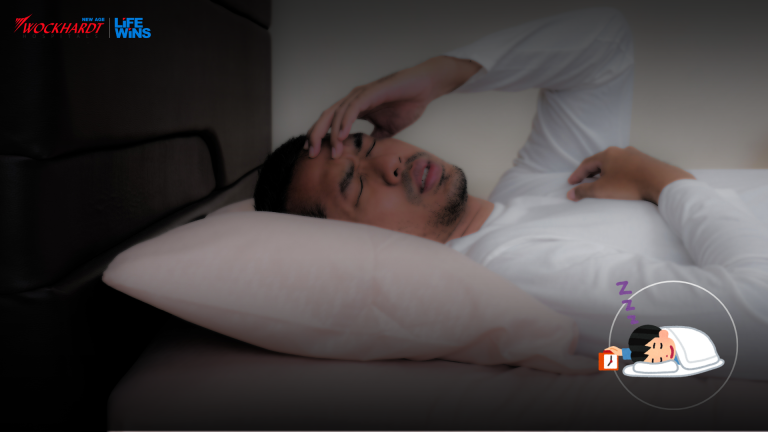
Drinking 8 Glasses Of Water In A Day: Fact Or Myth? Expert Answers
You’ve most likely heard that you should drink eight 8 glasses of water per day. But is this advice true, or is it just a myth? This article examines the evidence for the ‘eight glasses a day rule. Your body is mostly made up of water. Water is the primary chemical component that accounts for approximately 50 percent to 70 percent of your body weight – the fluid you cannot live without. Water is required for the proper functioning of every cell, tissue, and organ in your body. Water flushes wastes from your body via urination, perspiration, and bowel movements. Dehydration can occur when your body does not have enough water to carry out normal functions. You’ve most likely heard that you should drink eight 8 glasses of water per day. That equates to half a gallon of water (about 2 liters). This claim is widely accepted as fact, and it is simple to remember. But is this advice true, or is it just a myth? This article examines the evidence for the “eight glasses a day” rule. Drinking 8 Glasses of Water in a Day: Fact or Myth? There has been an ongoing debate regarding how much water one should drink. As per experts, it will be a good idea to at least drink 8 glasses of water on a daily basis. But, according to a finding of the new study, it is okay and not necessary to drink 8 glasses of water. So, it is fine, if you don’t drink water unless you feel thirsty. Do not drink water when it is not required. One needs to seriously monitor his/her water intake. You need to see how much water you are having. Dr Bipin Jibhkate, Consultant critical care medicine, and ICU director of Wockhardt Hospitals, Mira Road says ‘It will be essential for one to calculate the amount of water received from food and other beverages like coffee and tea. You need to know that there is no standard quantity or one-size-fits-all measure for people. The water requirement will differ from person-to-person. The factors taken into consideration are one’s age, sex, size, physical activity levels, and the climate of the area that one lives in. Drinking a lot of water means you will make continuous trips to the loo. As that can be a huge disturbance during the nighttime. It is better to speak to the doctor about how much water you should drink and then accordingly decide what you need to do.’ Remember that not drinking enough water can cause dehydration, and dry skin and you will not be able to flush out toxins from the body. Did you know? Men have larger bodies and less body fat than women, and they end up drinking more water. It is better to drink water when thirsty and also have fruits, vegetables, beans, and soups that contain enough amount of water. The main motto should be to stay hydrated and healthy. Avoid going overboard on water. Stick to the instructions given by the expert only. Suggestion: If you want to keep things simple, just listen to your body and follow your thirst. When you’re thirsty, drink some water. Stop when you’re no longer thirsty. Drink more fluids during hot weather and exercise to compensate for fluid loss. Dr. Bipin JibhkateConsultant Critical Care Medicine & ICU DirectorWockhardt Hospitals, Mira Road To book an appointment call: +918108101104 Source: https://www.india.com/health/drinking-8-glasses-of-water-in-a-day-fact-or-myth-expert-answers-2-5801451/




































